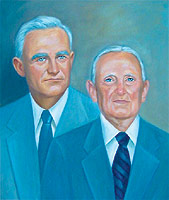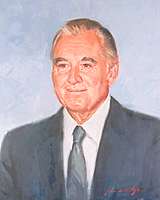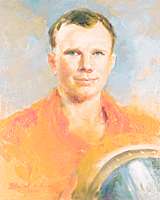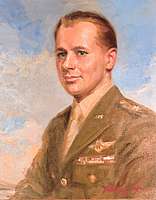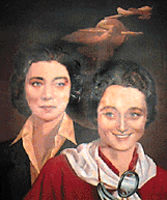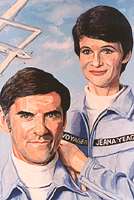Robert M Stanley and Lawrence C Craigie
Inducted in 1992
First Americans to Pilot a Jet Aircraft, 1942
Robert M. Stanley
1912 – 1977
Lieutenant General Lawrence C. Craigie
1902 – 1994
America entered the jet age on October 2, 1942, when Robert Stanley, a civilian test pilot for Bell Aircraft, flew the top secret Bell XP-59A Airacomet at Muroc Dry Lake, California.
Lieutenant General Lawrence Craigie, United States Army Air Corps, later piloted the Airacomet, becoming the first American military officer to fly a jet.
Stanley’s and Craigie’s flights were significant achievements in the development of jet aircraft and laid the foundation for advancements in jet aviation.

